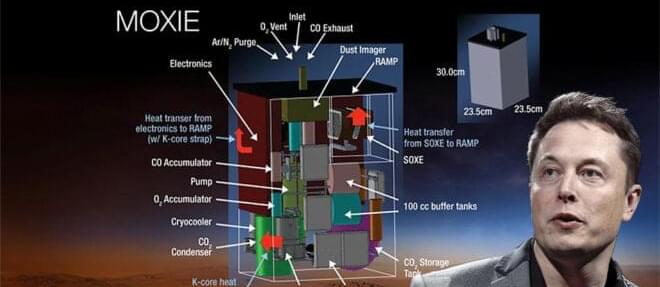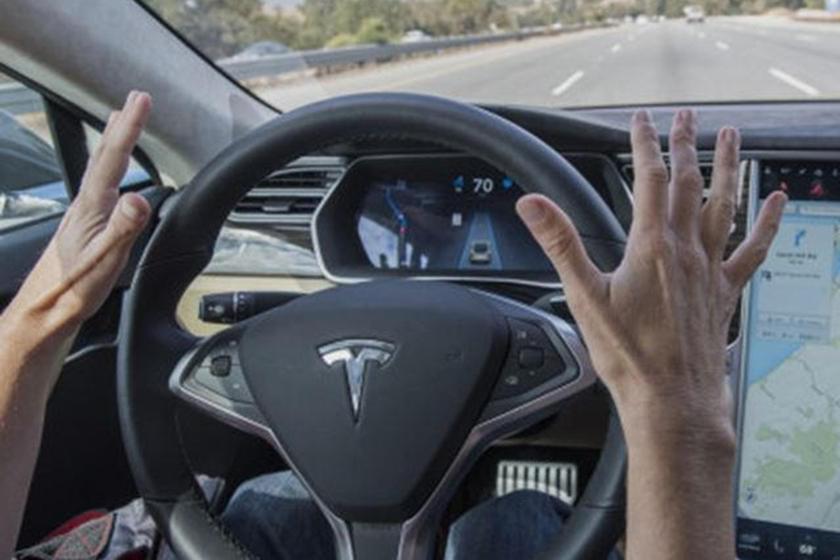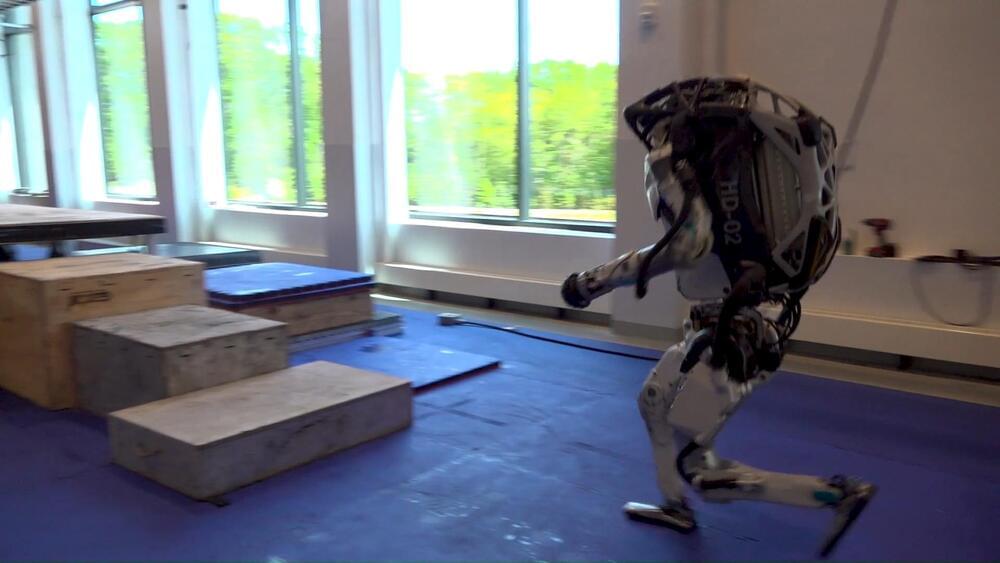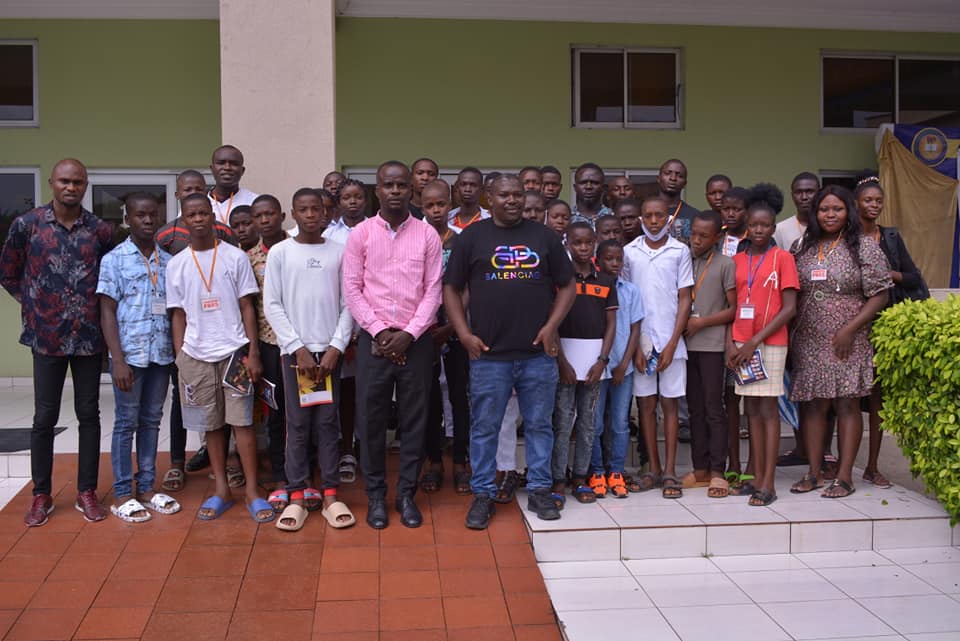NASA’s MOXIE could make breathing in Mars a reality. The space agency’s new invention can turn Martian air into oxygen, making it a game-changer for future Mars explorations.
According to Popular Mechanics’ latest report, it is impossible to breathe on Mars since its atmosphere is around 1% the density of Earth’s. Will this be beneficial for Elon Musk’s planned ‘Mars City?’. NASA’s MOXIE experiment will soon have an answer for us to thrive longer on the red planet. This weekend, the space agency hopes that the automated system could be the saving grace for humans to live on Mars if a time comes that the Earth becomes unsuitable for living.
The device called Mars Oxygen In-Situ Resource Utilization Experiment could supply humans with oxygen through extracting from the atmosphere of the red planet which is composed of 96% of carbon dioxide. The process will be made possible through electrolysis which involves the device being run through an electrical current. Since the Perseverance rover’s touchdown in February, MOXIE will conduct the third oxygen-extraction procedure. Moreover, what it produces could supply enough oxygen for humans that is good for 10 to 15 minutes.






